Medical systems around the world all faced huge challenges because of COVID-19. As a statistician in the era of epidemic prevention, how do we apply AI medical care in cross-field and universal application? Chih-Chung Hsu, an assistant professor of NCKU Institute of Data Science, beat 28 teams and won the world championship with his team on COVID-19 Detection Challenge held by ECCV. The awards ceremony is going to be held in October in Israel.
Asst. Prof. Hsu said that using AI to detect COVID-19 is the most popular issue in recent years. ECCV, helding every two years, is the top international seminar in the Computer Vision field. One of the conference topics is AI-enabled Medical Image Analysis – Digital Pathology & Radiology/COVID19 Workshop. During the seminar, COVID-19 Detection Challenge must be held. The participants should detect whether the patient is infected with COVID-19 or not according to the CT scan provided by the organizer, and hand in technical reports to make sure the efficiency and innovativeness of the results.
“ As a student of statistics in the post-epidemic era, how to effectively present the results of Interdisciplinary Learning? ” Prof. Hsu said that the students not only are familiar with science data analysis, but also possess cross-field abilities in medicine, physics and information. Everyone in the team has their own area of expertise, and they worked together during the competition. Finally, after analyzing more than 500 sets of data, they found the correct one among thousands of CTs, with an accuracy rate of 89%, and won the world championship.
One of the students indicates that the technique of AI in Medical Imaging can let doctors know every data of the patient quickly to lower the medical stress. When he first got thousands of CTs, he consulted his family member who was nursing staff because he had not seen any of them before. After understanding the images, he started to learn how to find the lungs that are infected by Covid-19. To identify a large number of images, he also used the Deepfake technique to analyze images with a lot of noise and low-quality, blurred images.
Asst. Prof. Hsu added that the serious degree of the lungs which were infected by COVID-19 were not the same. The databases were collected from different countries, regions and hospitals. As a result, the amount, width, and quality of every CT are not the same. Therefore, it was difficult to design a stable and efficient internet under the changeable situation. The students used the two-stage training detection mechanism, first randomly selected images to train AI’s ability to identify features, and then used the Transformer in the second stage to explore the relationship between sliced features, improving the ability to identify subtle changes ,resulting in a breakthrough in efficacy and made good results.
“ Encouraging students in the department of Statistics to test their learning results by participating in international competitions. ” Asst. Prof. Hsu said that different from research papers, you can design solutions in hypothetical situations. If you want to stand out in international competitions, you should possess excellent programming skills and research skills at international level. In the past, we must use manual methods to identify CTs. However, in the present situation that the epidemic is not slowing down, and we should coexist with the virus, we hope that AI can help release the burden of the doctors, quickly select those patients who have more serious symptoms. The technology will be further developed and imported interface operation. It will also be popularized so as to promote the international reputation of NCKU in related technology.
Asst. Prof. Hsu said that using AI to detect COVID-19 is the most popular issue in recent years. ECCV, helding every two years, is the top international seminar in the Computer Vision field. One of the conference topics is AI-enabled Medical Image Analysis – Digital Pathology & Radiology/COVID19 Workshop. During the seminar, COVID-19 Detection Challenge must be held. The participants should detect whether the patient is infected with COVID-19 or not according to the CT scan provided by the organizer, and hand in technical reports to make sure the efficiency and innovativeness of the results.
“ As a student of statistics in the post-epidemic era, how to effectively present the results of Interdisciplinary Learning? ” Prof. Hsu said that the students not only are familiar with science data analysis, but also possess cross-field abilities in medicine, physics and information. Everyone in the team has their own area of expertise, and they worked together during the competition. Finally, after analyzing more than 500 sets of data, they found the correct one among thousands of CTs, with an accuracy rate of 89%, and won the world championship.
One of the students indicates that the technique of AI in Medical Imaging can let doctors know every data of the patient quickly to lower the medical stress. When he first got thousands of CTs, he consulted his family member who was nursing staff because he had not seen any of them before. After understanding the images, he started to learn how to find the lungs that are infected by Covid-19. To identify a large number of images, he also used the Deepfake technique to analyze images with a lot of noise and low-quality, blurred images.
Asst. Prof. Hsu added that the serious degree of the lungs which were infected by COVID-19 were not the same. The databases were collected from different countries, regions and hospitals. As a result, the amount, width, and quality of every CT are not the same. Therefore, it was difficult to design a stable and efficient internet under the changeable situation. The students used the two-stage training detection mechanism, first randomly selected images to train AI’s ability to identify features, and then used the Transformer in the second stage to explore the relationship between sliced features, improving the ability to identify subtle changes ,resulting in a breakthrough in efficacy and made good results.
“ Encouraging students in the department of Statistics to test their learning results by participating in international competitions. ” Asst. Prof. Hsu said that different from research papers, you can design solutions in hypothetical situations. If you want to stand out in international competitions, you should possess excellent programming skills and research skills at international level. In the past, we must use manual methods to identify CTs. However, in the present situation that the epidemic is not slowing down, and we should coexist with the virus, we hope that AI can help release the burden of the doctors, quickly select those patients who have more serious symptoms. The technology will be further developed and imported interface operation. It will also be popularized so as to promote the international reputation of NCKU in related technology.
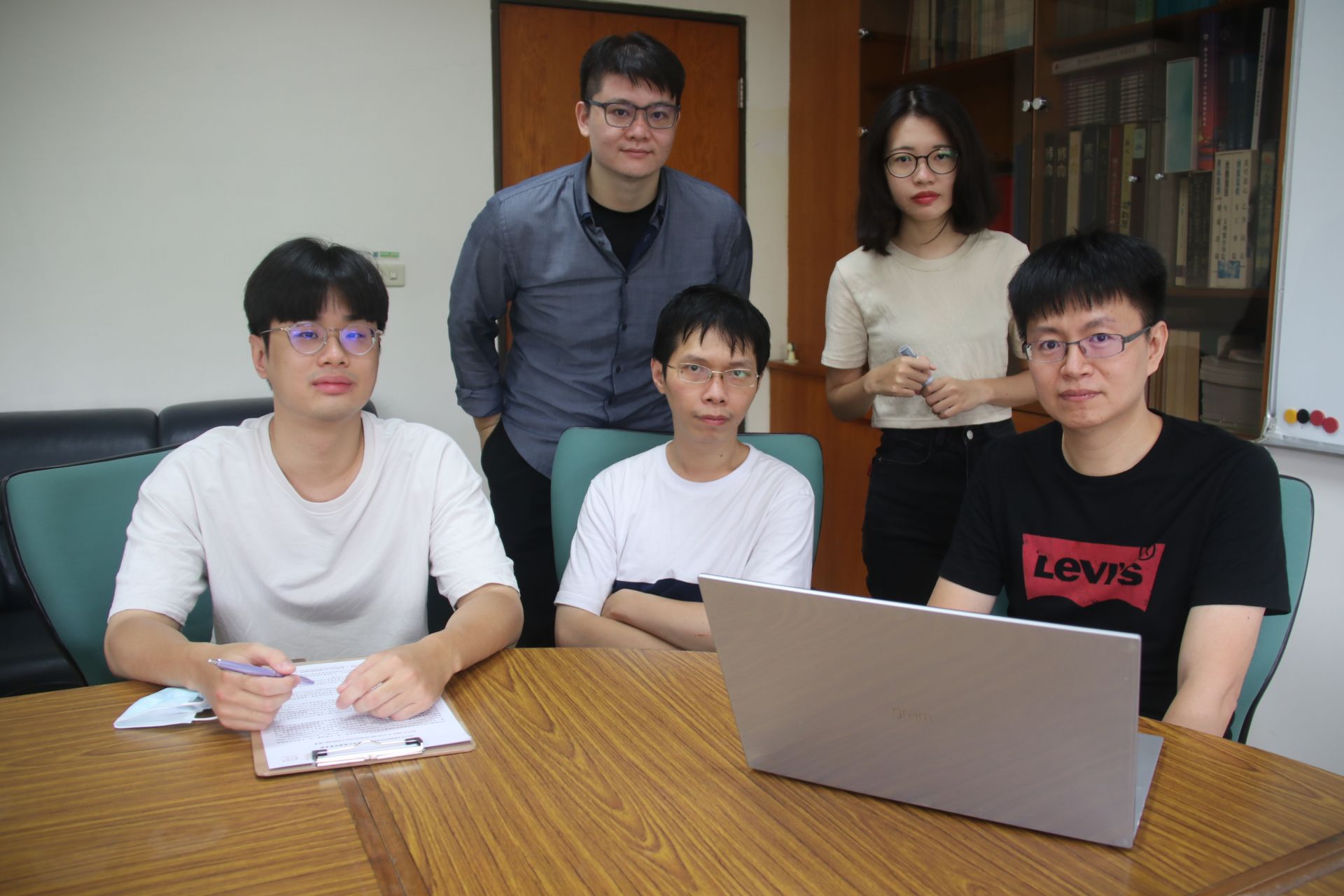
Chih-Chung Hsu, an assistant professor of NCKU Institute of Data Science, beat 28 teams and won the world championship with his team on COVID-19 Detection Challenge held by ECCV.
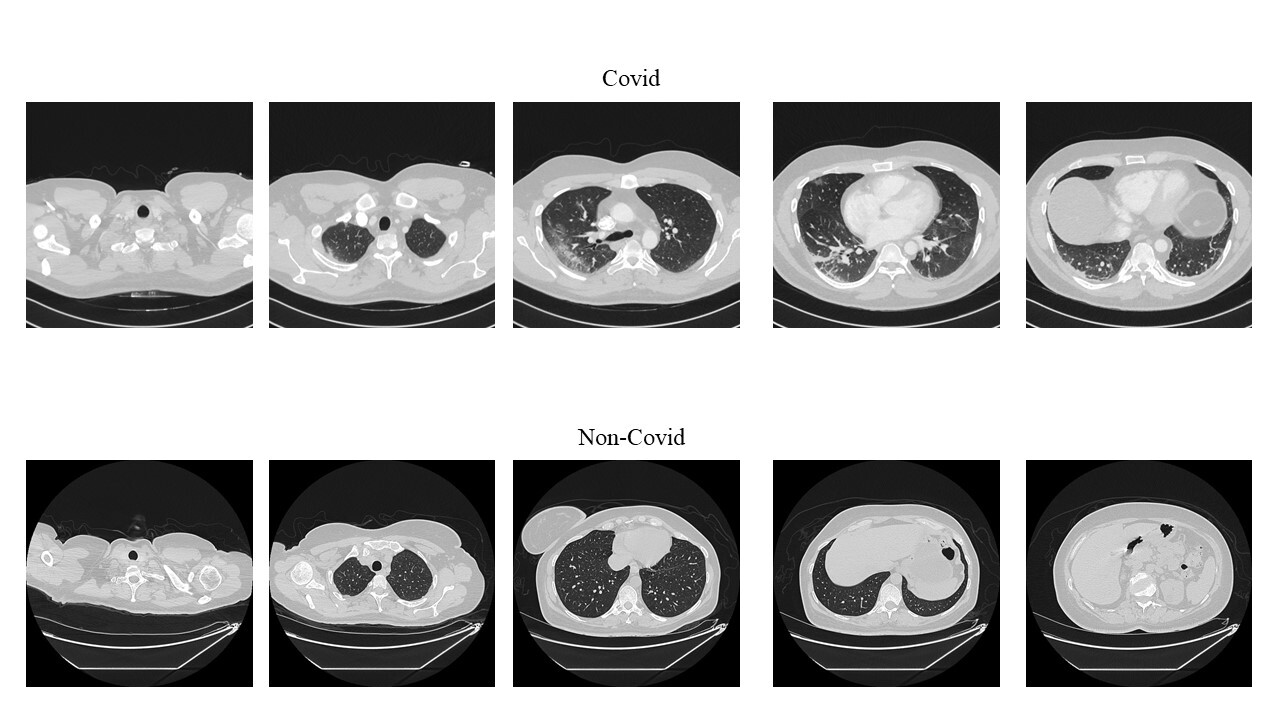
Computed Tomography Scan (CT scan).
The bottom is the undiagnosed, the top is the confirmed case.
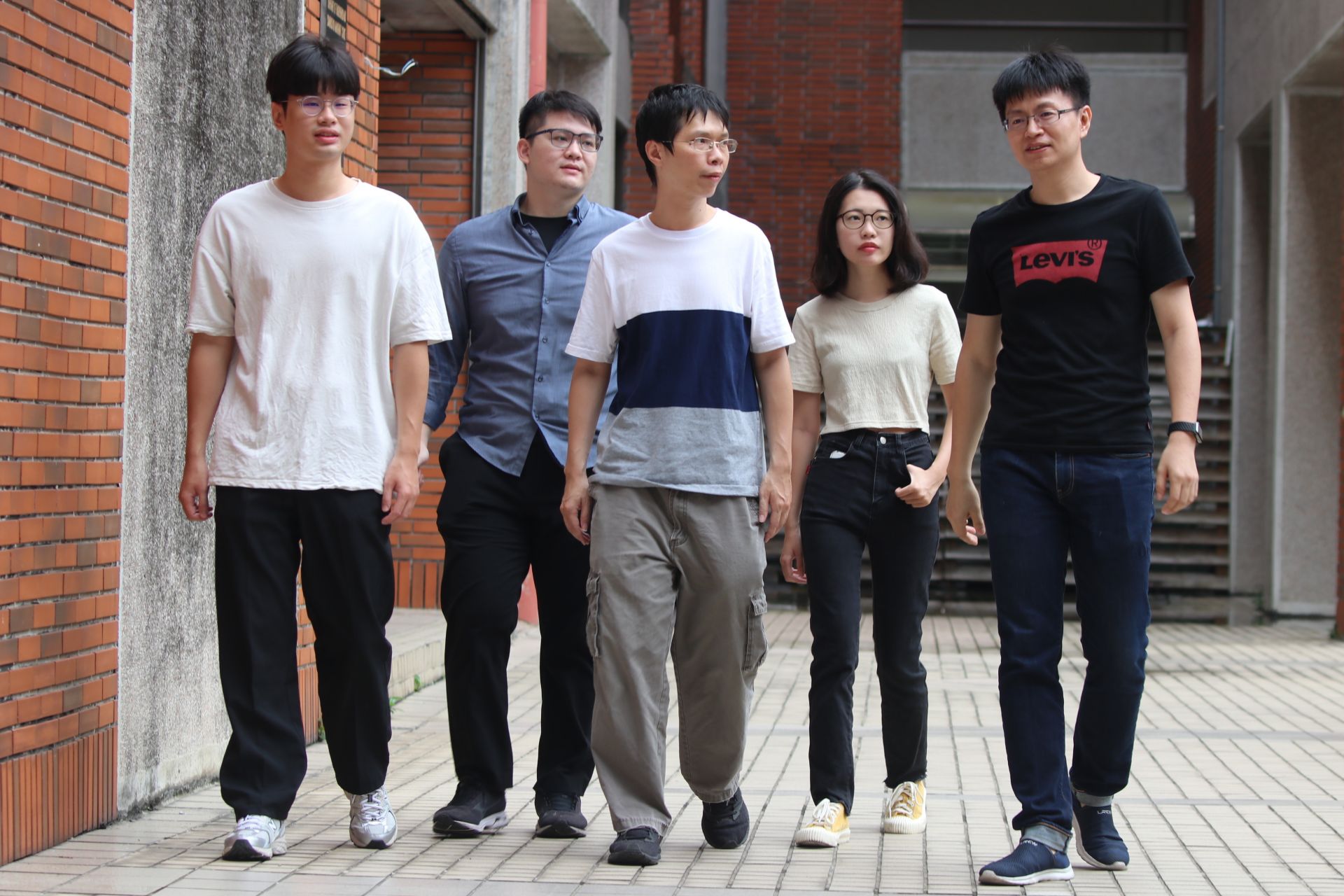
Assistant Professor Chih-Chung Hsu (right) led the participating student teams not only familiar with scientific data analysis, but also with different cross-domain capabilities such as medicine, physics and information.
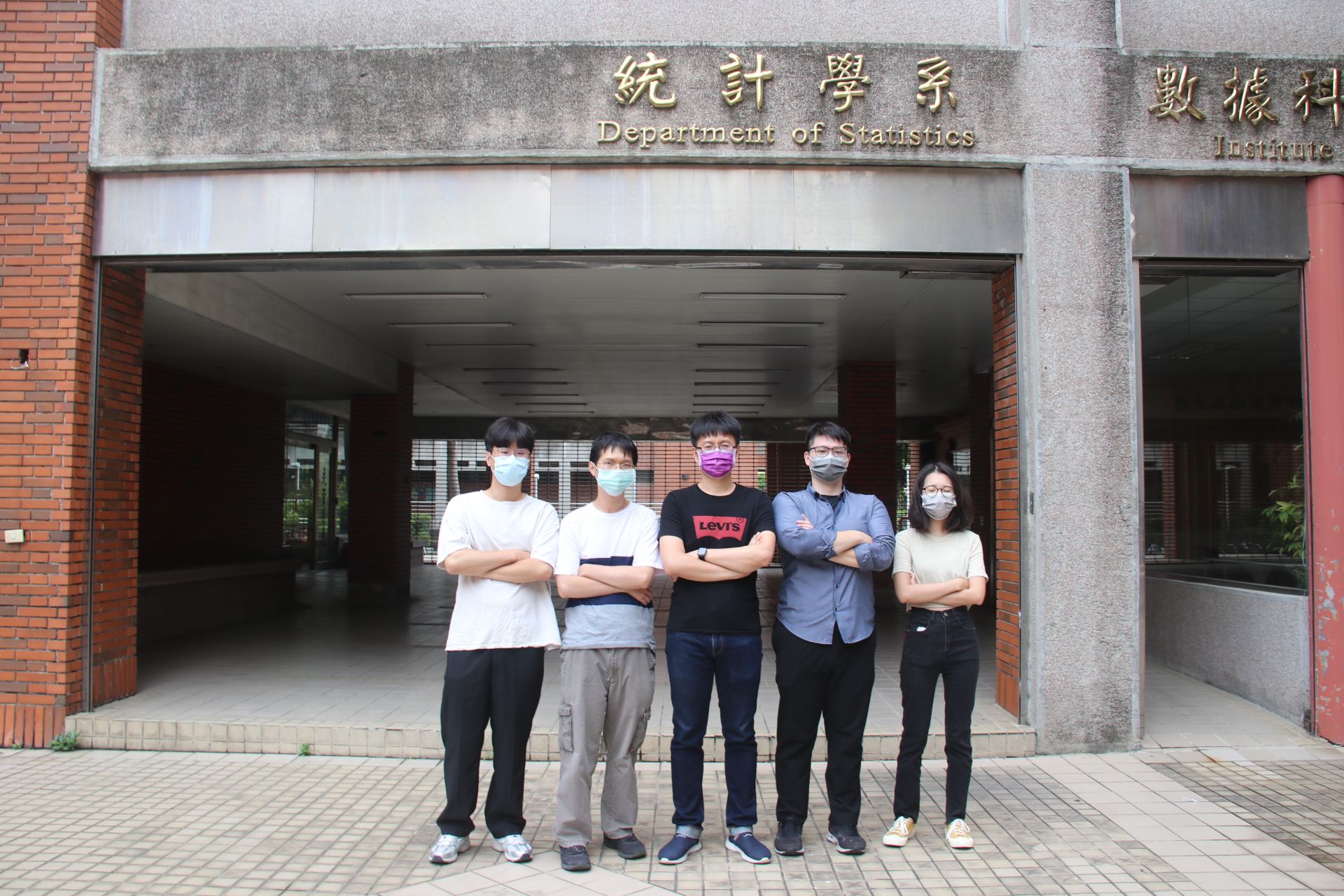
Assistant Professor Chih-Chung Hsu (middle) encourages statistics students to witness their learning outcomes by participating in overseas competitions.
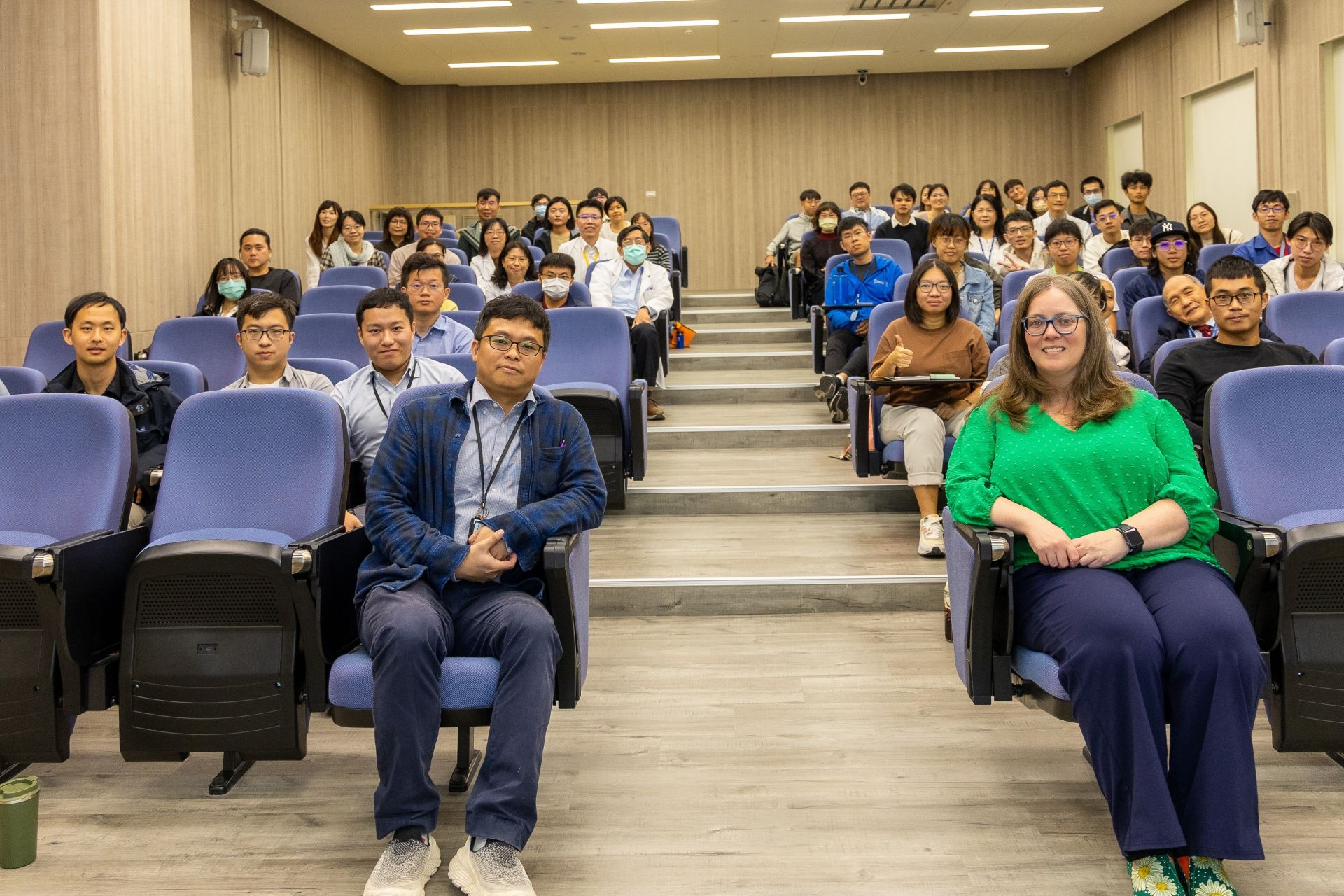
SDG3Dr. Ritchey, President of the ISPE, Visits NCKU to Strengthen Real-World Data Applications and International Collaboration
View more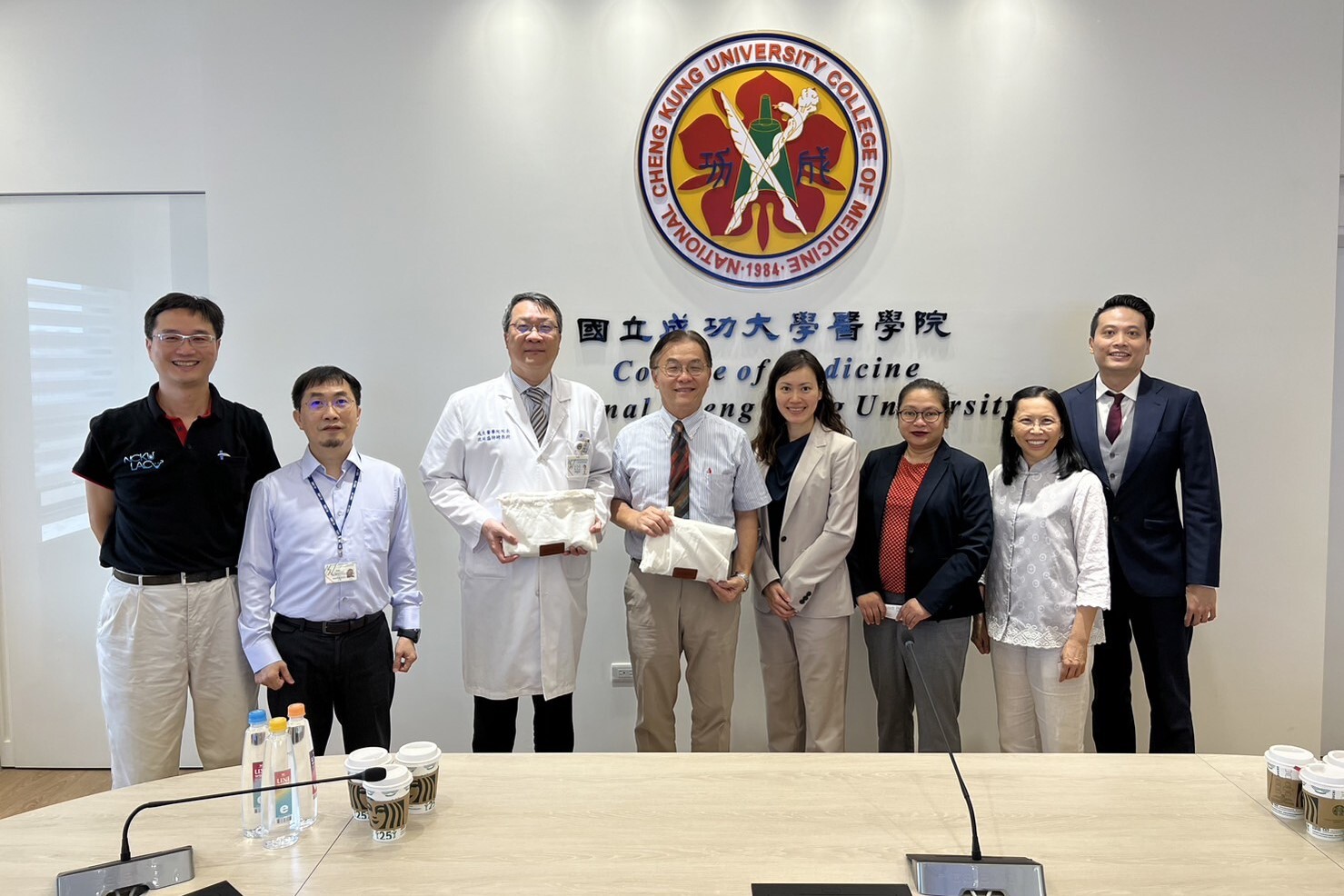
SDG3NCKU Medical School's Laboratory Animal Center Receives Full AAALAC Accreditation Again
View more



















